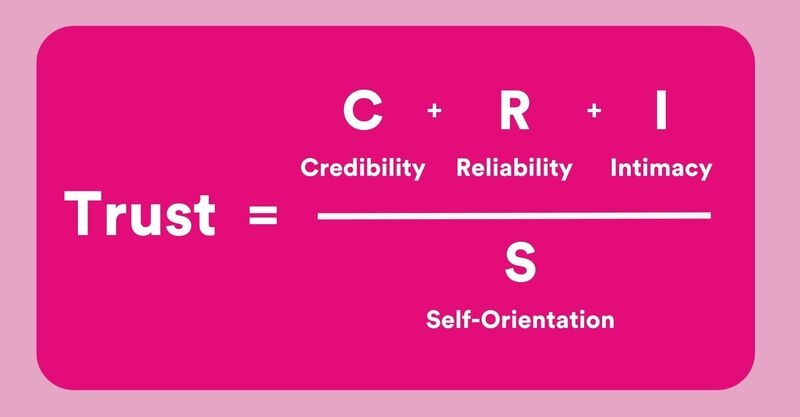In a world where patients increasingly depend on online reviews to guide their healthcare decisions, it’s extremely important for urgent care facilities to bolster transparency by gathering and prioritizing patient feedback.
In a recent study from NRC health, nearly 60% of patients say they’ve chosen to see a doctor based on positive reviews and have avoided other doctors based on negative reviews. Nearly 35% of patients say the online reputation of their healthcare provider is very important and about 37% of patients use online reviews as their first step when looking for a new doctor.
Prioritizing patient feedback not only draws patients to your practice but can also guide changes that drive business improvements, enhance the patient experience, and inform strategic decision-making.
Here are five effective ways you can collect patient feedback at your urgent care:
1. Real-time Surveys
Patient surveys are one of the simplest and most common ways to measure and improve patient satisfaction. Real-time surveys give urgent care facilities the opportunity to capture immediate patient impressions and gather their feedback while they’re still in your facility.
You can implement real-time surveys in a number of ways.
- Kiosks: Ask patients to provide feedback through a digital tablet-based kiosk at check-out. Y
- Texts: Consider sending patients a text-based survey at the end of their visit.
When creating real-time surveys, it’s important to make sure your survey is well-designed. You want it to be concise and include clear, straight-forward questions and simple response options. To give patients an idea of the survey’s length, consider including an on-screen icon that shows patients the percentage of the survey they’ve completed.
If your survey is too long, confusing, or difficult, patients are likely to abandon it without finishing. However, a well-crafted survey will connect you with valuable insights regarding how patients feel about the care they received at your facility, their communications with your staff, their ease of booking an appointment, and more. In turn, you can use this information to fine-tune your operations and improve patient care.
2. Post-Visit Email Surveys
While sending texts right after visits are a great way to get reviews, post-visit surveys can be a way to deeper in the questions you ask. Sending a post-visit email or text containing a survey or feedback form is an excellent, non-intrusive way to gather both positive and negative patient feedback. These surveys will help you learn about your patients’ experience interacting with your office staff and medical providers, the efficiency of their visit, the ease and convenience of scheduling, and more. Not only does it help you stay up-to-date on patient feedback, but it also signals to patients that you care about how satisfied they are with their experience at your urgent care.
Timing is an important consideration with post-visit surveys. For the best results, you’ll want to send the survey to your patients soon after their visit so the experience is still fresh in their mind. As with real-time surveys, survey design is important, but you’ll also need to prioritize engaging, well-crafted subject lines and copy that encourages people to take the survey.
3. Online Patient Review Platforms
People rely on the internet for information and reviews about anything and everything — including healthcare providers and urgent care facilities. For this reason, online patient review platforms play a critical role in influencing an urgent care center’s online reputation and should not be ignored in your marketing strategy.
You can take an active role by monitoring and engaging with the patient reviews — both positive and negative. Rather than hoping for the best and leaving patients to search out review platforms on their own, encourage satisfied patients to leave positive reviews and send them links directly. If you encounter a negative review, respond directly and expediently to let the patient know you understand their concerns, show them you care, and let them know if you’ll be doing anything to address the situation.
4. Suggestion Boxes and In-Facility Feedback
Digital reviews are often top-of-mind, but don’t miss out on the power of offering patients a physical location to provide feedback, such as a suggestion box. Because of a suggestion box’s anonymous nature, patients may feel comfortable providing honest feedback that they could be hesitant to share on a public online platform or a survey where their name is attached.
5. Patient Focus Groups
Patient focus groups are a type of qualitative research that can help your urgent care gather in-depth insights into how your patients perceive and experience care. Because of a focus group’s small-group dynamic where patients can share information in a safe and natural setting, people often feel comfortable offering open and honest feedback. The feedback you gather is also typically far more detailed and in-depth than the feedback patients provide on surveys and online review sites. This is because patients in focus groups have more time to reflect on their experiences and respond to information that other patients have shared.
Though focus groups can be time-consuming to organize and implement and sometimes even challenging to manage, they offer the chance to gather a substantial amount of valuable feedback in a short period of time.
Keep in mind that a quality focus group requires careful and strategic planning. If you’re thinking about holding a focus group, make sure you thoroughly understand how to organize the group and craft questions to guide their discussion. And remember that the information shared in a focus group won’t always apply to a broader patient population.
Key Takeaways
Patient feedback is important in facilitating positive word of mouth and elevating your practice’s online reputation, which can help with patient retention and acquisition. Feedback also helps you uncover insights that you can leverage to improve your practice and show patients that you care and are open to change.
Some of the best ways to collect patient feedback include:
- Real-time surveys
- Post-visit emails
- Online patient review platforms
- Suggestion boxes and other forms of in-facility feedback
- Patient focus groups
Solv’s reputation management platform can help you increase visits, improve staff efficiency, and deliver a top-notch patient experience. Learn more.




